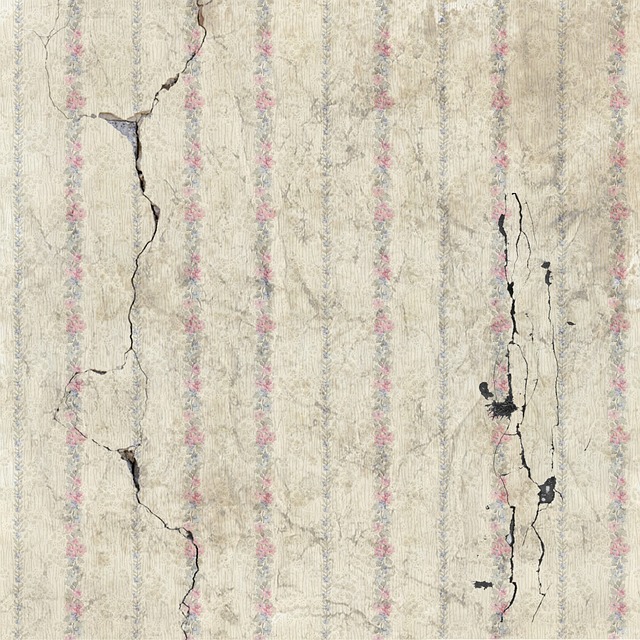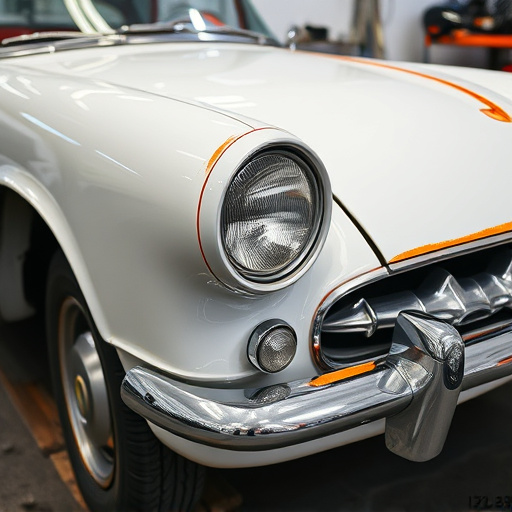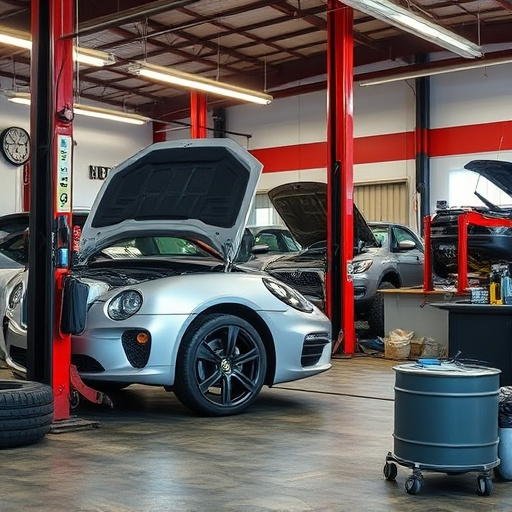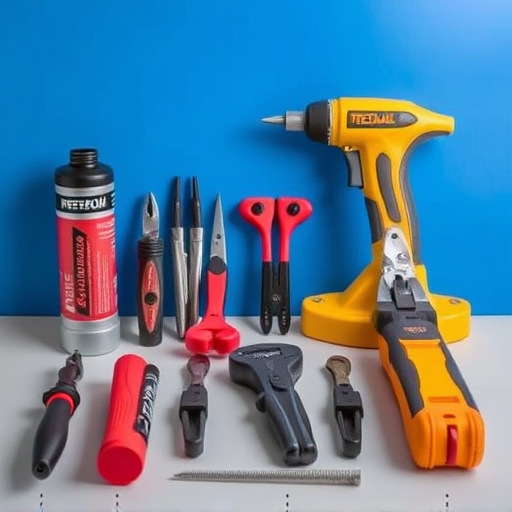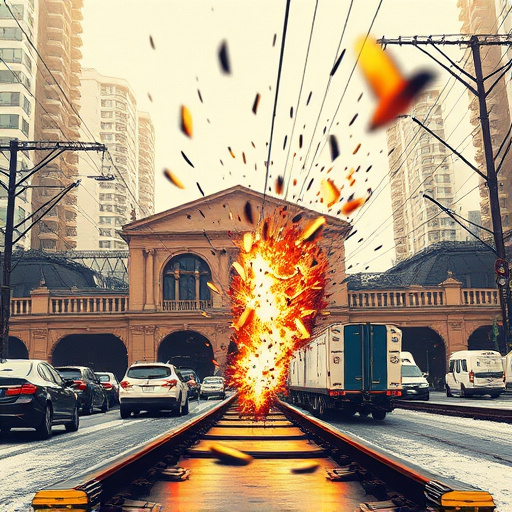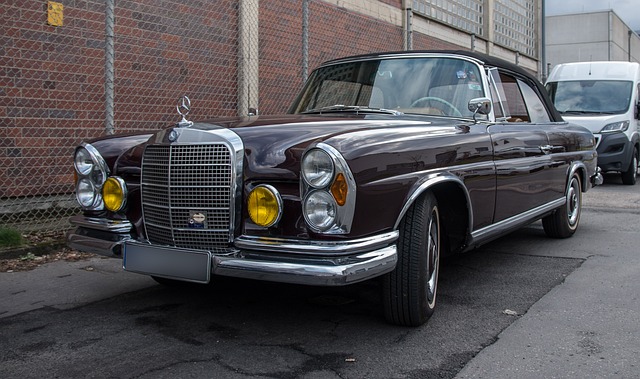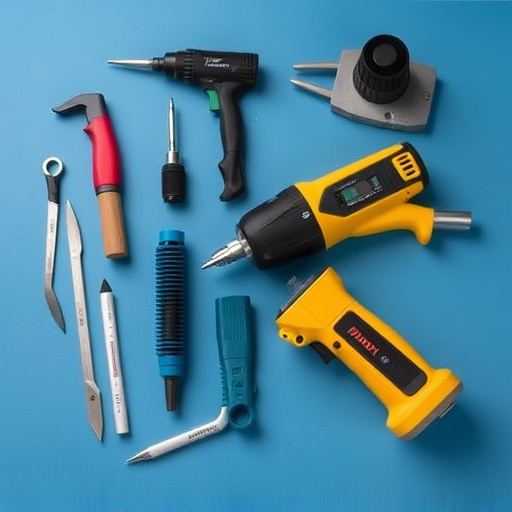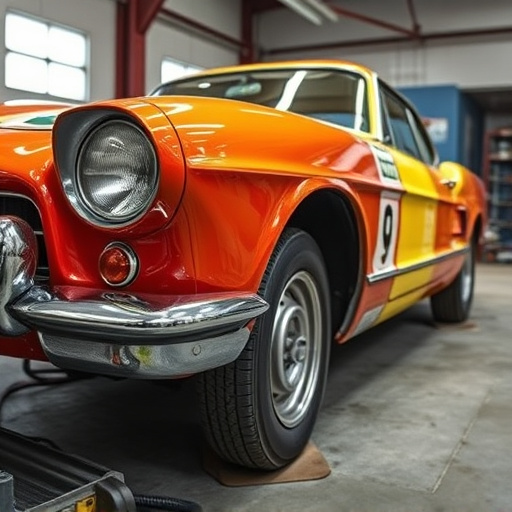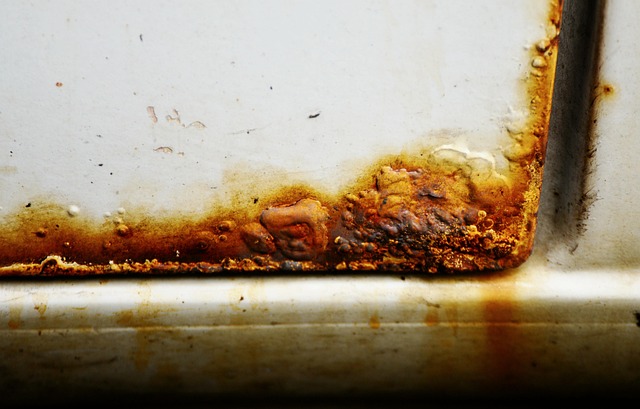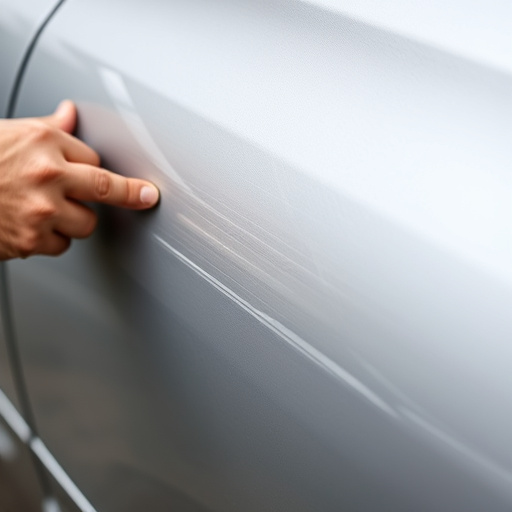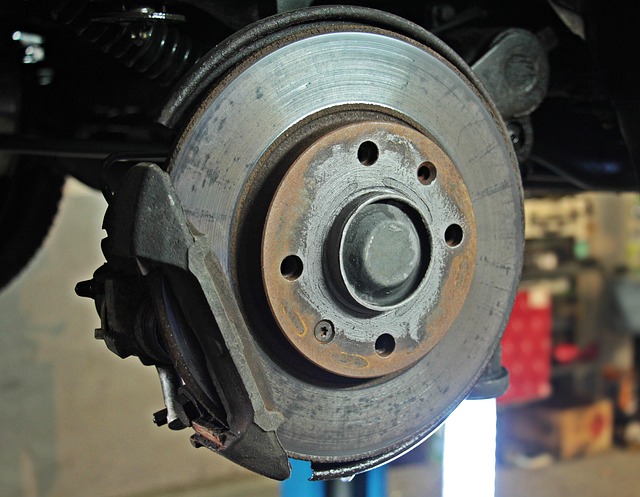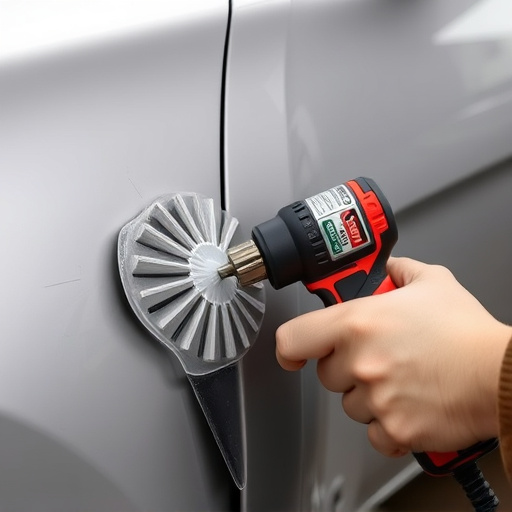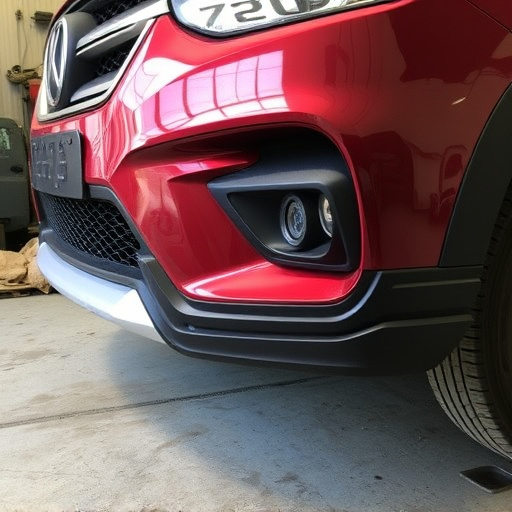Collision frame damage assessment is vital for post-collision vehicle repair. Skilled technicians inspect structural deformities to decide between collision frame repair and complete frame replacement. Severity of damage, cost, time, and resale value are key factors. Severe or prior repairs require replacement, while less severe accidents benefit from collision frame repair for cost and safety savings. Choosing a reputable shop ensures informed decisions and high-quality restoration.
When a vehicle suffers damage, the decision between frame replacement and collision frame repair is crucial. This article delves into the intricacies of collision frame damage assessment, exploring the pros and cons of frame replacement. We examine factors influencing these critical decisions, providing insights for both automotive professionals and informed consumers. Understanding these choices is essential in navigating effective collision frame repair strategies, ensuring vehicles return to their pre-accident condition.
- Understanding Collision Frame Damage Assessment
- Pros and Cons of Frame Replacement
- Factors Influencing Collision Frame Repair Decisions
Understanding Collision Frame Damage Assessment
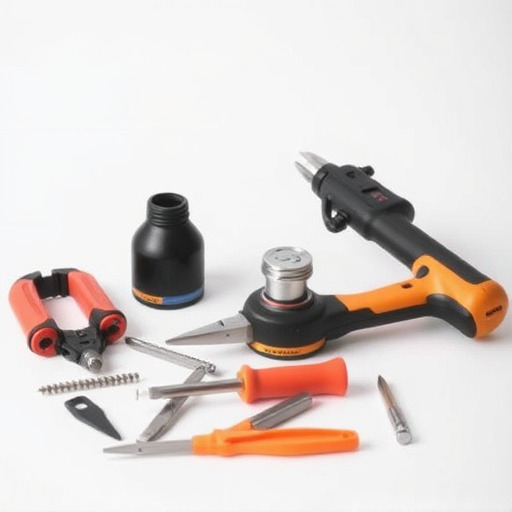
Collision frame damage assessment is a critical step in determining whether a vehicle should undergo frame replacement or collision frame repair. This process involves meticulous inspection to identify any deformities, cracks, or misalignments in the car’s structural framework. Skilled technicians use advanced tools and methods to measure and analyze these damages, ensuring an accurate evaluation. By understanding the extent of the collision’s impact on the vehicle’s underbody, roof, doors, and other critical components, auto body shops can make informed decisions regarding restoration versus replacement.
Proper assessment is key to facilitating effective car repair services. Technicians consider both visible damage and potential hidden issues, as a car dent repair might mask underlying structural problems. In some cases, collision frame repair can restore the vehicle’s integrity and safety features at a fraction of the cost of complete frame replacement. However, if the damage is severe or there are indications of prior repairs that compromise the original structure, auto glass replacement might not be a viable option, necessitating a complete frame replacement for a more reliable and long-lasting fix.
Pros and Cons of Frame Replacement
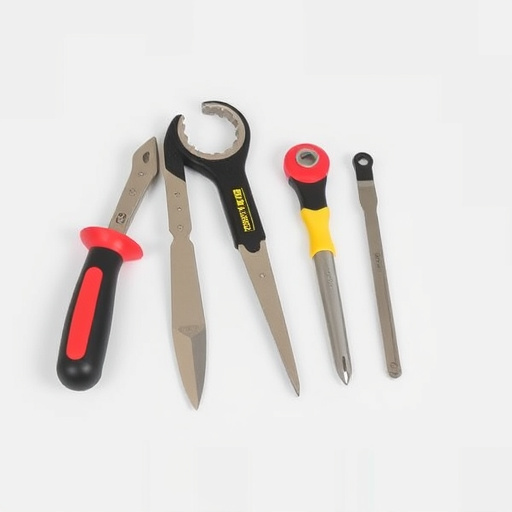
Frame replacement involves completely exchanging a vehicle’s damaged frame with a new one. While this approach ensures that the car is returned to its original structural integrity, it comes at a significant cost. The process is more extensive and time-consuming than collision frame repair, requiring specialized equipment and skilled technicians. This can lead to higher labor charges, making it a more expensive option for auto body repairs. Additionally, finding a suitable replacement frame that matches the original specifications might be challenging, potentially impacting the vehicle’s resale value.
On the positive side, replacing the frame can be beneficial when the damage is extensive or if the original structure is beyond repair. It guarantees a like-new driving experience, enhancing safety and performance. However, for less severe collisions, collision frame repair offers a more cost-effective solution, allowing drivers to avoid unnecessary expenses. Auto repair services that specialize in frame straightening and collision damage repair can often restore vehicles to their pre-accident condition without the need for a complete replacement.
Factors Influencing Collision Frame Repair Decisions
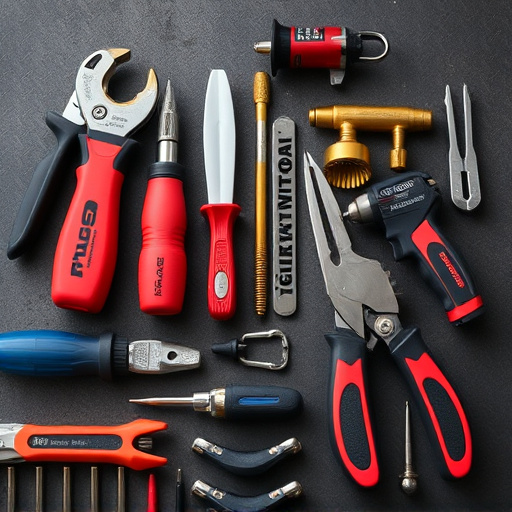
When a vehicle undergoes a collision, several factors come into play when deciding between frame replacement and collision frame repair. One of the primary considerations is the severity of the damage. If the impact has caused significant deformity or structural compromise to the frame, replacement might be the safer and more reliable option. This decision is crucial as the frame is the backbone of any vehicle, ensuring its stability and safety.
Additionally, age and overall condition of the vehicle play a role. Modern vehicles often have advanced safety features and sturdier frames, making repair a viable option for less severe collisions. In contrast, older cars with weaker structures or those lacking the latest safety standards might benefit more from a complete frame replacement. Finding a reputable auto repair shop with skilled technicians is essential to make an informed choice regarding collision frame repair, ensuring the vehicle’s structural integrity and safety without compromising on automotive restoration quality.
When deciding between frame replacement and collision frame repair, a careful assessment of the damage, along with an understanding of the pros and cons of each option, is crucial. Several factors influence this decision, including cost, vehicle age, and personal preferences. By considering these aspects, car owners can make informed choices, ensuring they receive the best value and quality for their collision frame repair needs.
